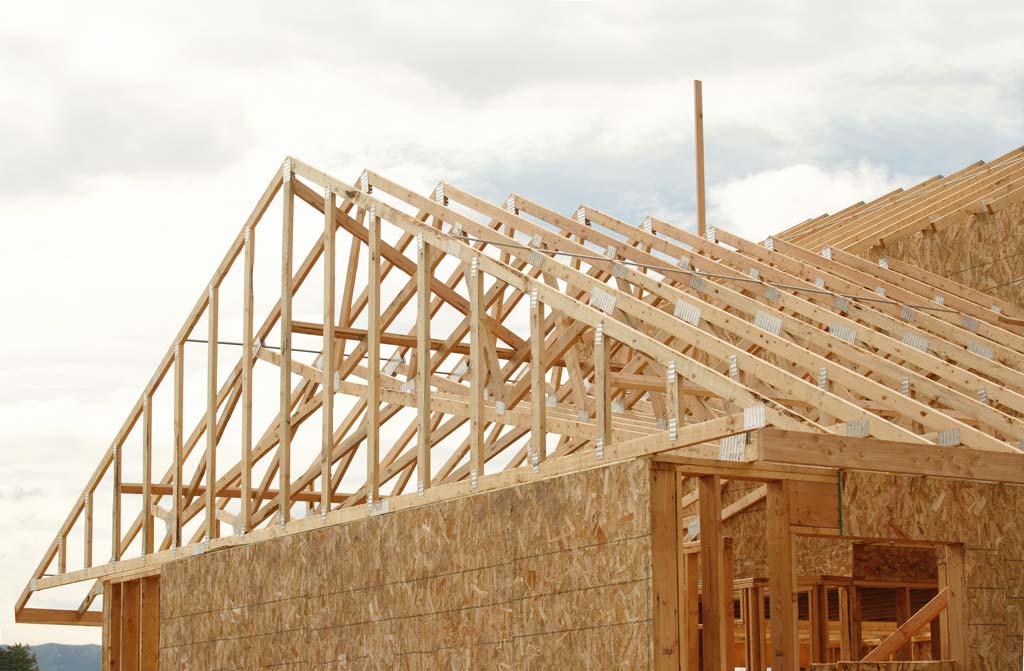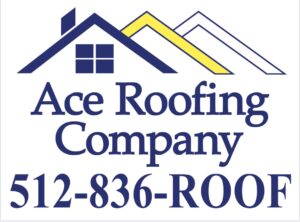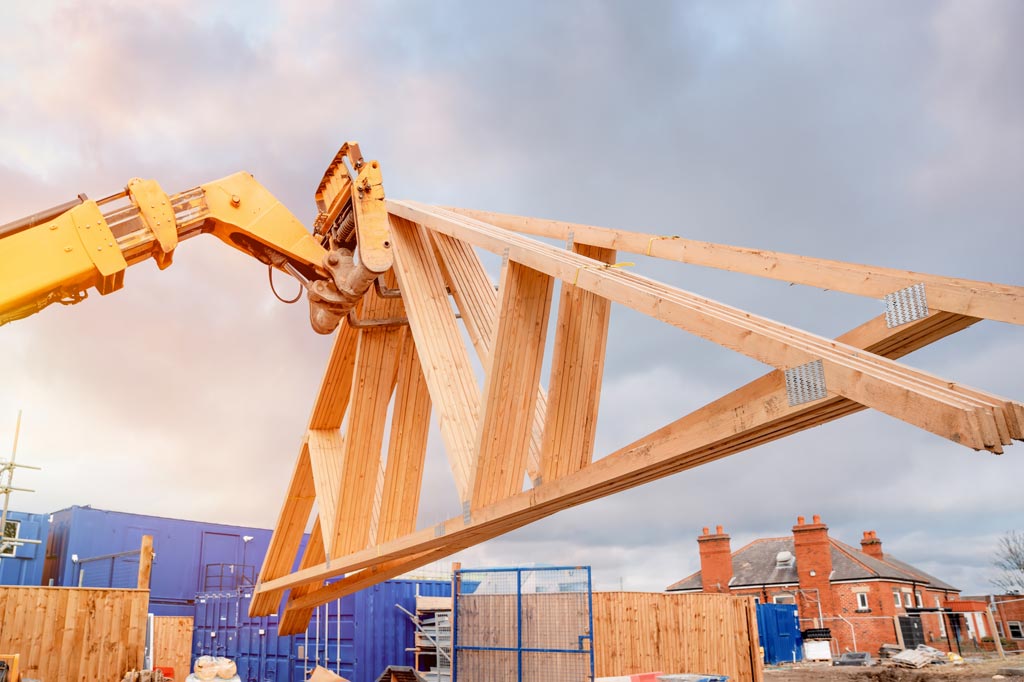Roof trusses are a key component in residential construction, providing structural support and shaping the roof’s overall design. Whether you’re building a new home or renovating an existing one, understanding the different types of roof trusses and their uses is essential.
Let’s explore eight common types of roof truss designs, their structural significance, and where they are typically used.
1. Fink Trusses
What Are Fink Trusses?
Fink trusses are one of the most common types of roof trusses used in residential construction. They feature a W-shaped web configuration that provides excellent support and strength.
Design and Application
The design of Fink trusses makes them cost-effective and ideal for gable roofs. They are frequently used in homes with standard roof pitches, offering a balance between strength and material efficiency.
Advantages
- Cost-Effective: Uses less material while providing strong support.
- Versatile: Suitable for various residential roofs, especially gable roofs.
2. King Post Truss
What Is a King Post Truss?
The King Post truss is a simple, triangular truss design with a central vertical post, known as the king post, connecting the apex to the base.
Design and Application
King Post trusses are typically used in smaller residential roofs or spaces with shorter spans. Their simplicity makes them a cost-effective choice for traditional, smaller homes.
Advantages
- Simple Design: Easy to construct and install.
- Ideal for Shorter Spans: Perfect for smaller homes or rooms.
3. Queen Post Truss
What Is a Queen Post Truss?
The Queen Post truss is similar to the King Post truss but with two vertical posts, offering support for longer spans than the King Post.
Design and Application
This type of truss is used in residential roofs where a longer span is required without compromising the open space below. It’s often found in homes with open floor plans or large living spaces.
Advantages
- Supports Longer Spans: Great for larger rooms or open spaces.
- Elegant Design: Provides structural support without sacrificing aesthetics.
4. Scissor Trusses
What Are Scissor Trusses?
Scissor trusses feature a unique design where the bottom chords cross each other, forming an inverted V shape. This allows for vaulted or cathedral ceilings.
Design and Application
Scissor trusses are perfect for creating open, airy living spaces with high ceilings. They are commonly used in homes with gable roofs where a dramatic interior effect is desired.
Advantages
- Creates Vaulted Ceilings: Enhances the interior space by adding height.
- Versatile Design: Suitable for various roof pitches and styles.

5. Attic Trusses
What Are Attic Trusses?
Attic trusses are designed to provide both structural support and usable attic space. They feature a wide, open center section for storage or even additional living space.
Design and Application
These trusses are ideal for homes that require extra storage or a loft area. The design is cost-effective, providing both roof support and additional square footage.
Advantages
- Creates Usable Space: Maximizes attic space for storage or living.
- Cost-Effective: Offers dual functionality without the need for additional structures.
6. Mono Trusses
What Are Mono Trusses?
Mono trusses are half trusses that create a single-sloped roof. They are often used in extensions or areas where one side of the roof is higher than the other.
Design and Application
Mono trusses are versatile and can be used in various residential roof designs, including shed roofs or extensions. They provide a modern, asymmetrical look that’s becoming more popular in contemporary home designs.
Advantages
- Versatile Use: Ideal for extensions, sheds, or modern roof designs.
- Cost-Effective: Uses less material while providing adequate support.
7. Gambrel Truss
What Is a Gambrel Truss?
The Gambrel truss has a dual-pitched design, commonly associated with barn-style roofs. This type of truss creates more headroom, making it ideal for homes needing additional living space.
Design and Application
Gambrel trusses are popular in homes with a rustic or traditional aesthetic. They offer a classic look while providing additional space in the upper levels, such as attics or lofts.
Advantages
- Increased Headroom: Offers more space in the attic or loft areas.
- Classic Design: Perfect for traditional or barn-style homes.
8. Flat Truss
What Is a Flat Truss?
Flat trusses are designed for flat or nearly flat roofs. They provide strong, even support across the entire roof surface.
Design and Application
Flat trusses are typically used in modern or contemporary homes where a flat roof design is desired. They are also common in commercial buildings but can be used in residential projects for a sleek, minimalist look.
Advantages
- Strong Support: Ideal for flat roofs or low-pitched roofs.
- Modern Aesthetic: Suits contemporary home designs.
The Bottom Line
Choosing the right type of truss for your roofing project is crucial for both structural integrity and aesthetic appeal. Whether you opt for the cost-effective Fink truss, the space-maximizing Attic truss, or the stylish Scissor truss, each type offers unique benefits. Understanding the different types of roof trusses and their uses can help you make informed decisions that enhance the value and comfort of your home. With the right truss design, your residential roof will not only be strong and durable but also perfectly suited to your style and needs.

